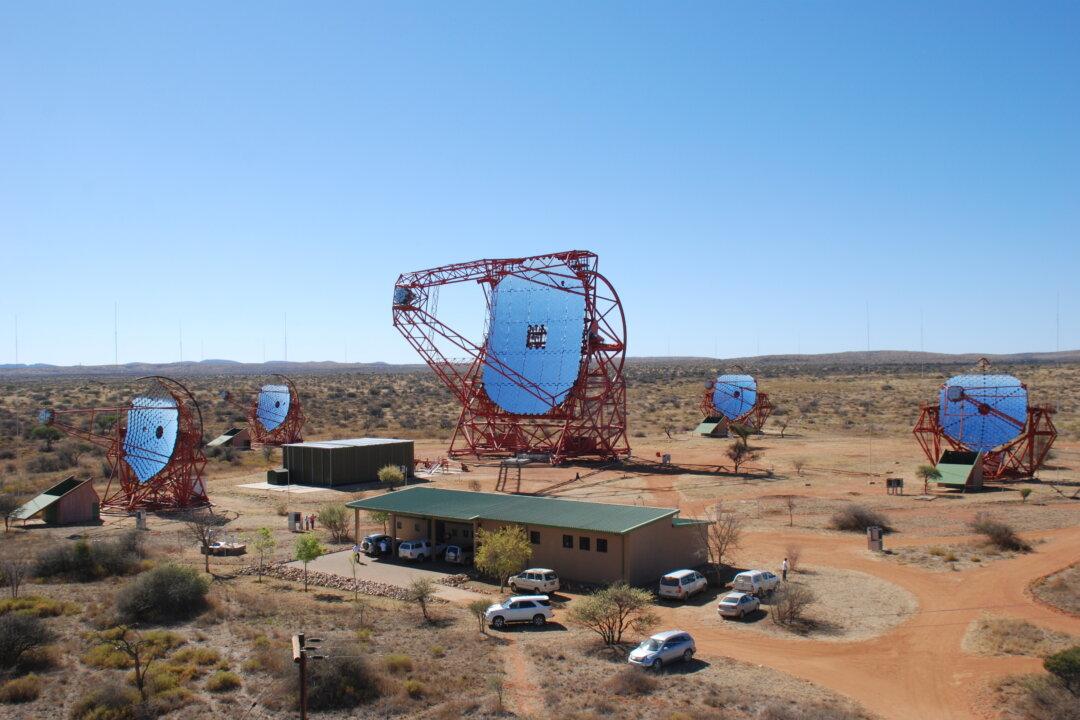Scientists have detected the most powerful cosmic rays ever found hitting Earth to date, and they’re likely from sources relatively close to Earth.
The rays, which consist of electrons and their antimatter counterparts, positrons, were spotted at energies all the way up to 40 tera-electron volts, or 20 trillion times the energy of visible light.





